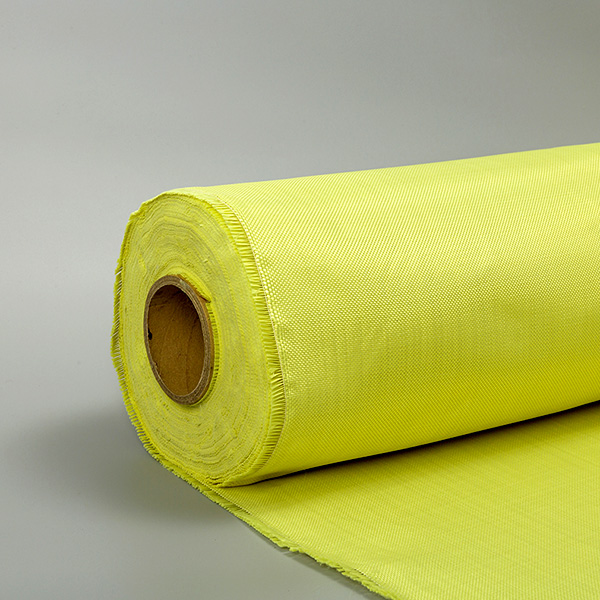Contact: Allen zhang
Mobile: +8618657301314
Tel: +86-573-88236564
QQ: 307160103
Email: allen@aramid.biz
Address: Tongyuan Road, Tongfu Industrial Park, Tongxiang City, Zhejiang Province
Website:en.surefrp.com
What is the main composition of aramid fiber? The main constituent material of aramid fiber is cellulose, also known as natural cellulose fiber. It is a fiber obtained from seeds, fruits, stems, leaves, etc. on plants. According to the different parts growing on the plant, it is divided into seed fiber, leaf fiber and stem fiber.
Man-made fiber is made from natural natural polymer compound - cellulose or protein (such as wood, cottonseed, straw, bagasse fiber or milk, soybean, peanut and other proteins), after a series of chemical processing and machining It is made into fibers similar to cotton, wool, and silk that can be used for textiles. Such as artificial cotton, rayon and so on.
Aramid cloth is developed with imported aramid fiber. Its performance is in full compliance with national standards. It is a new generation of concrete structure reinforced fiber material. Because of its high strength, high modulus of elasticity, toughness, thermal stability and non-conductivity, aramid cloth The superior characteristics have been widely used in the fields of civil engineering construction and reinforcement engineering.
There are two kinds of spinning processes for aramid fibers: one-step preparation process and two-step preparation process.
1. One-step preparation process
Due to the complicated two-step spinning process of para-aramid, the production cost is high. Due to the corrosive nature of the sulfuric acid, the equipment is highly demanded, and the residual concentrated sulfuric acid causes the fiber to degrade during the spinning process, which limits the strength and modulus of the aramid staple fiber. In order to shorten the process and simplify the process, a new process for directly spinning fibers from a polymer stock solution has been explored.
2. Two-step preparation process
(1) Dissolved. The synthesized polymer is mixed with the frozen concentrated sulfuric acid, and the solid content is about 19.4%;
(2) Melting. Heating the mixed spinning solution to a spinning temperature of 85 ° C, at which time a liquid crystal solution is formed;
(3) Extrusion. The spinning solution is filtered and then extruded from the spinning port by a gear pump;
(4) Stretching. The extrudate is about 6 times stretched in the air gap in an air layer of about 8 mm called an air gap;
(5) Solidification. The liquid thread is solidified in a coagulation bath having a temperature of 5-20 ° C and a mass fraction of 5%-20% sulfuric acid;
(6) Washing/neutralizing/drying. The thread is washed out from the coagulation bath, and dried by heating at 160-210 ° C;
(7) Winding. The dried Kevlar fiber is wound on a reel. The spinning speed of this process is greater than 200 m/min.

Aramid cloth application range:
1. Reinforcement, tensile, flexural, ductile and seismic strengthening of concrete structures such as beams, slabs and columns;
2. Bridges, highways, subway tunnels, stations, industrial delivery rooms, computer room renovations and other buildings requiring insulation;
3. Structural reinforcement and repair of infrastructure such as civil buildings, industrial buildings, municipal roads and bridges, water conservancy projects, electric power engineering and energy.
Contact: Allen zhang
Mobile: +8618657301314
Tel: +86-573-88236564
QQ: 307160103
Address: Tongyuan Road, Tongfu Industrial Park, Tongxiang City, Zhejiang Province
Website:en.surefrp.com

